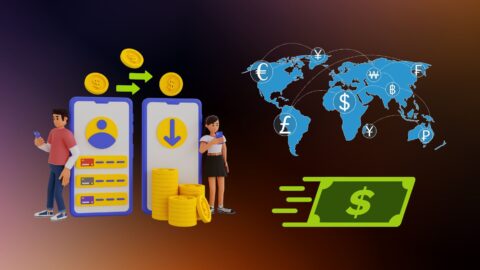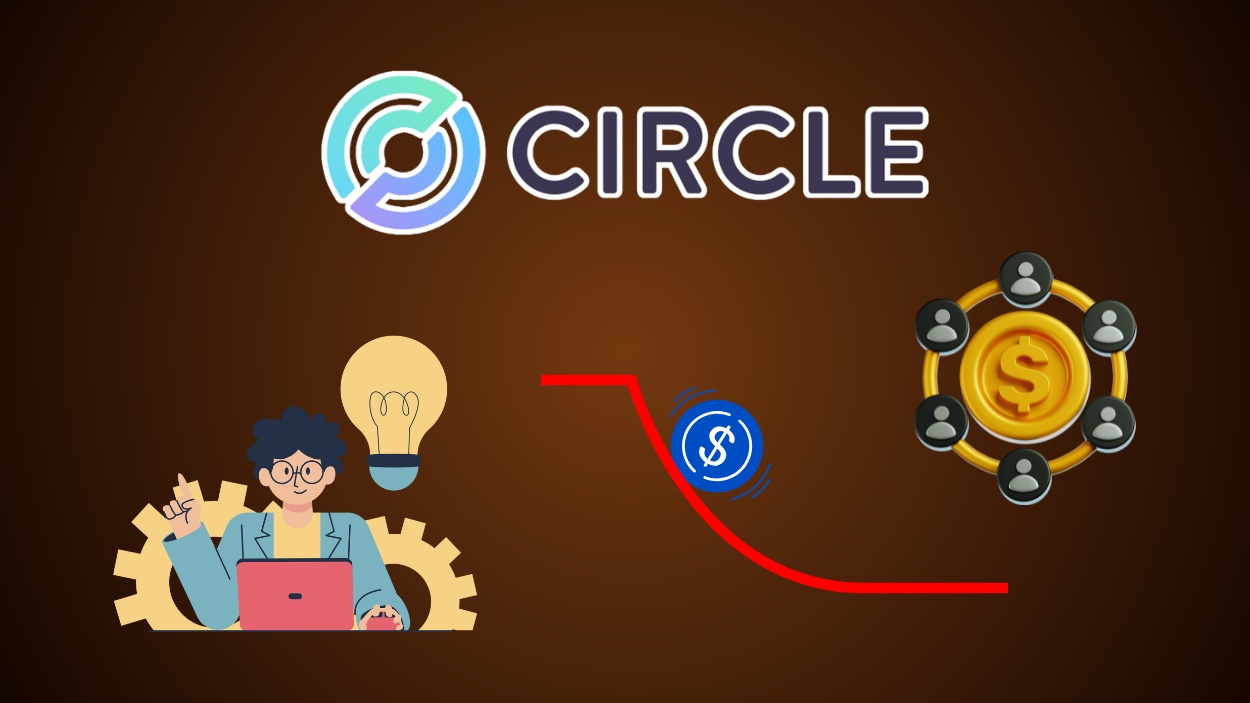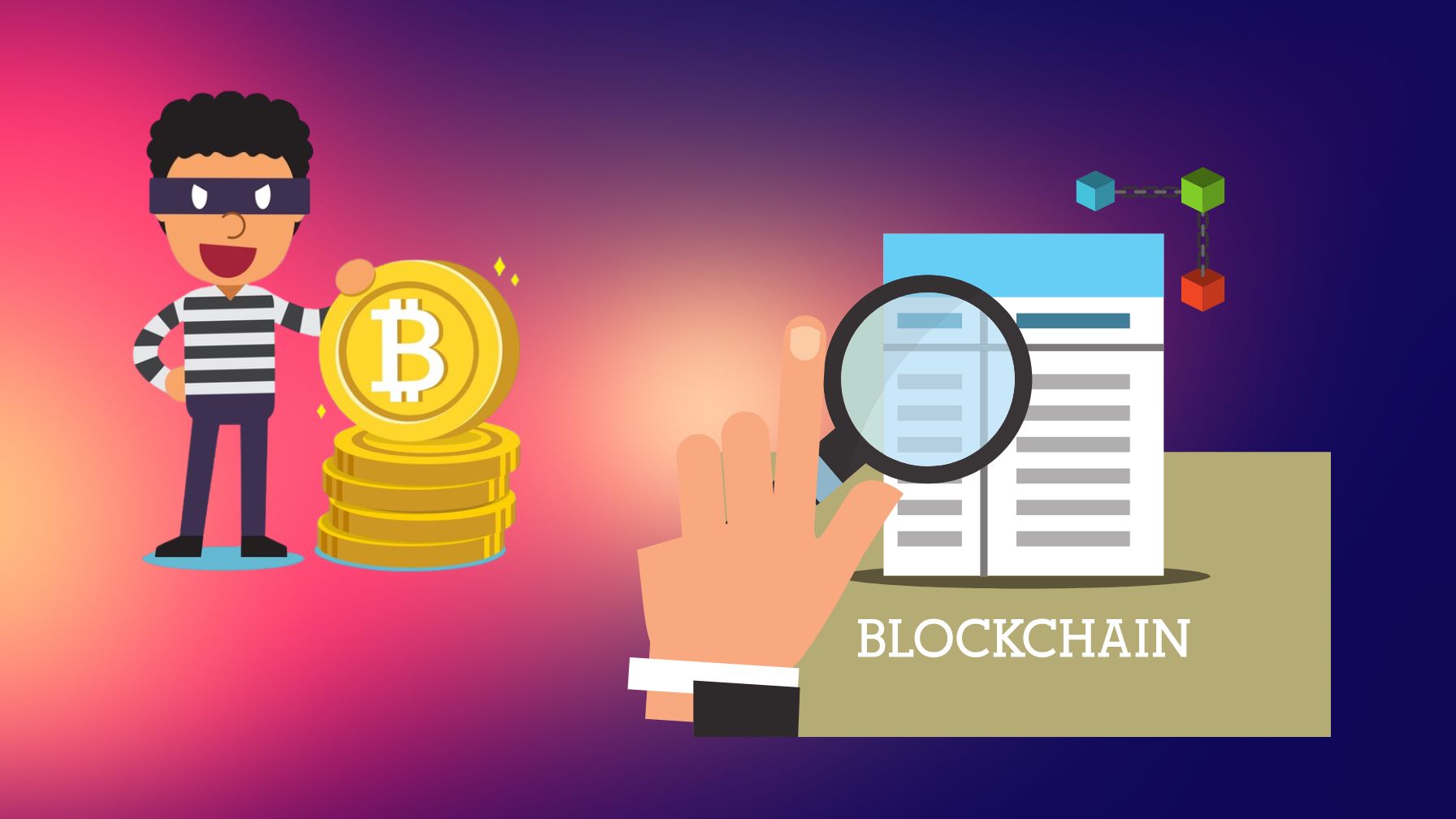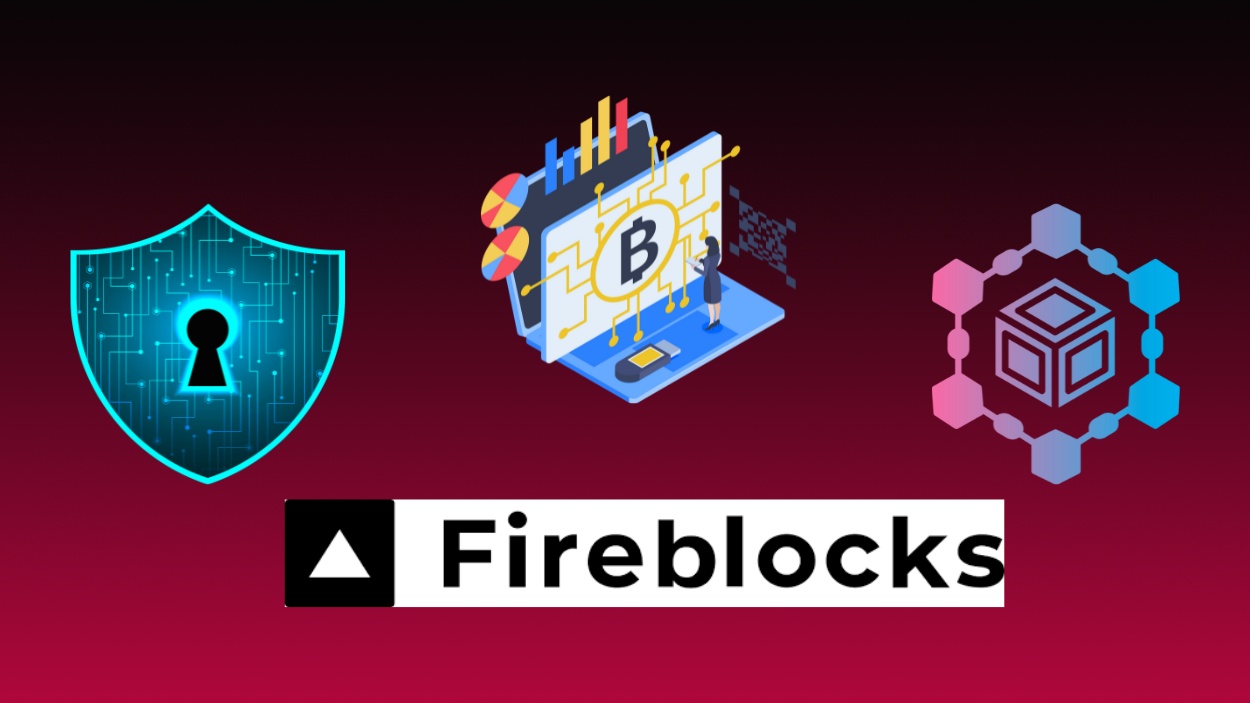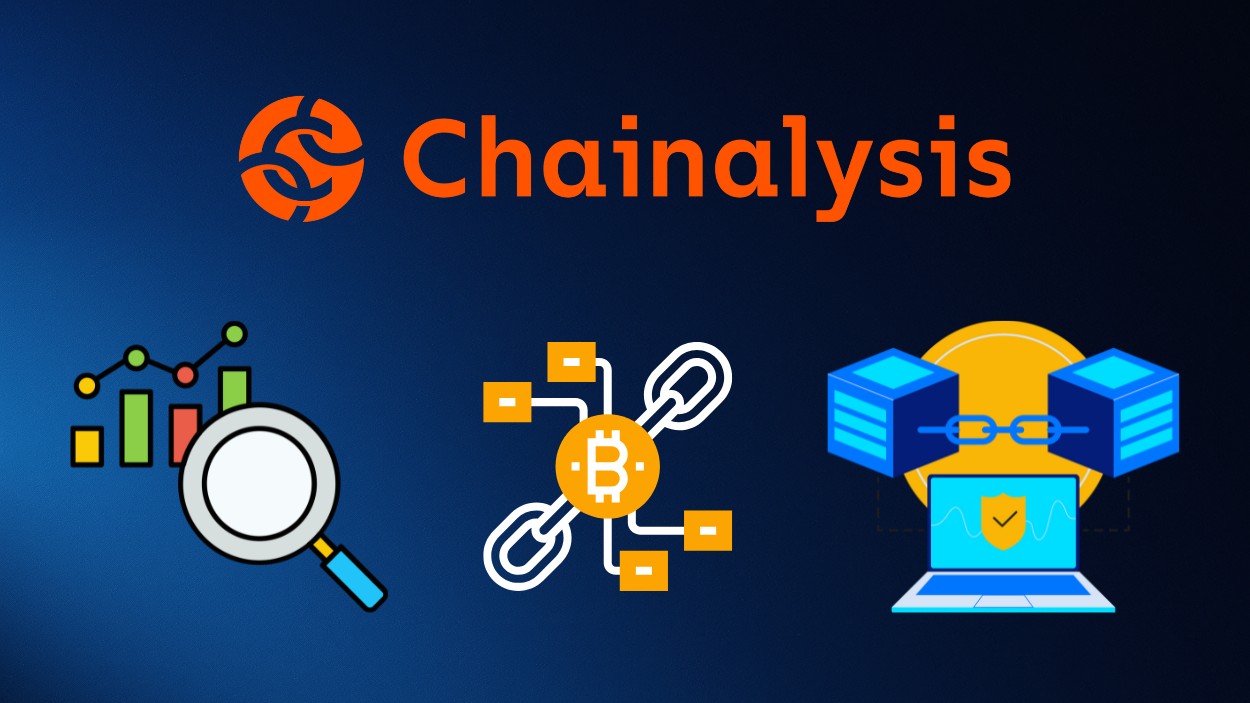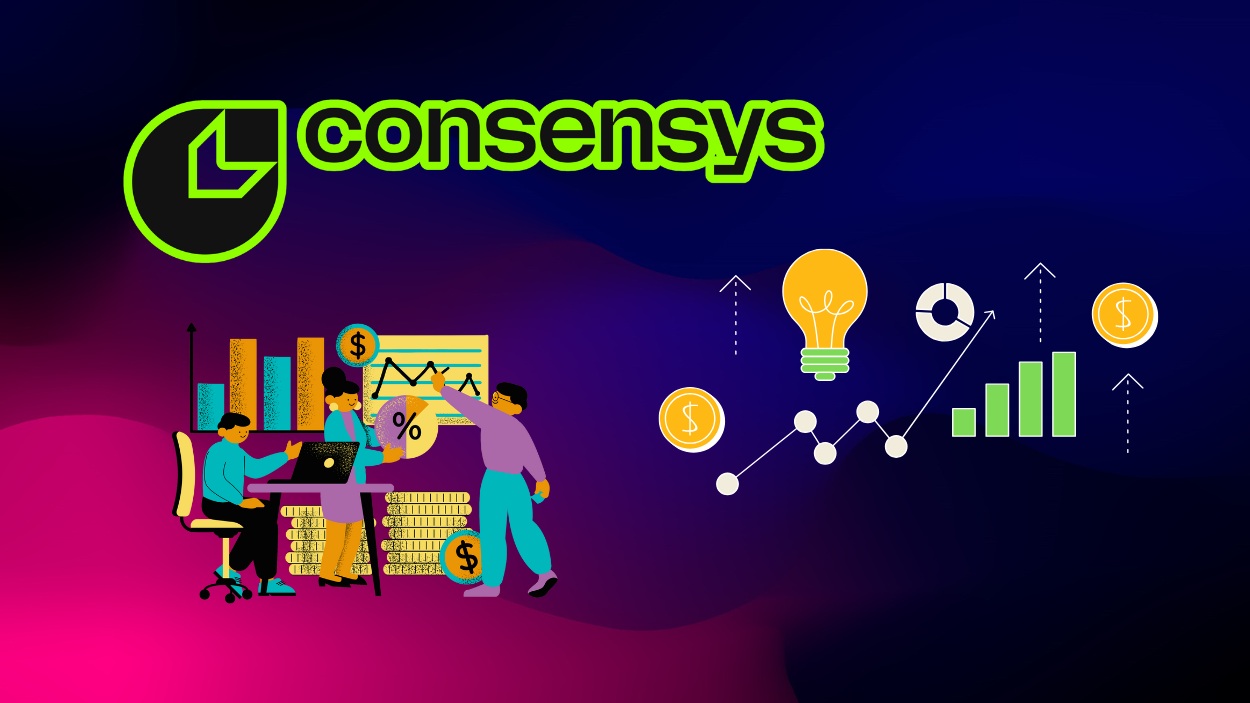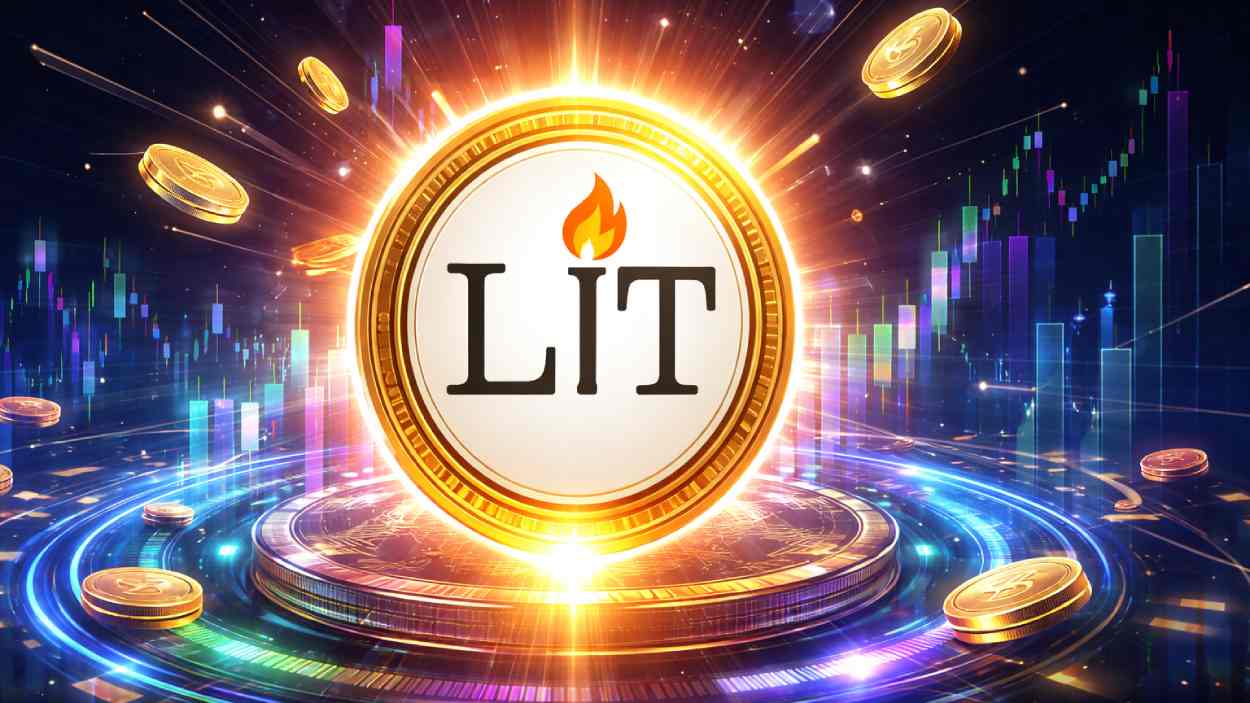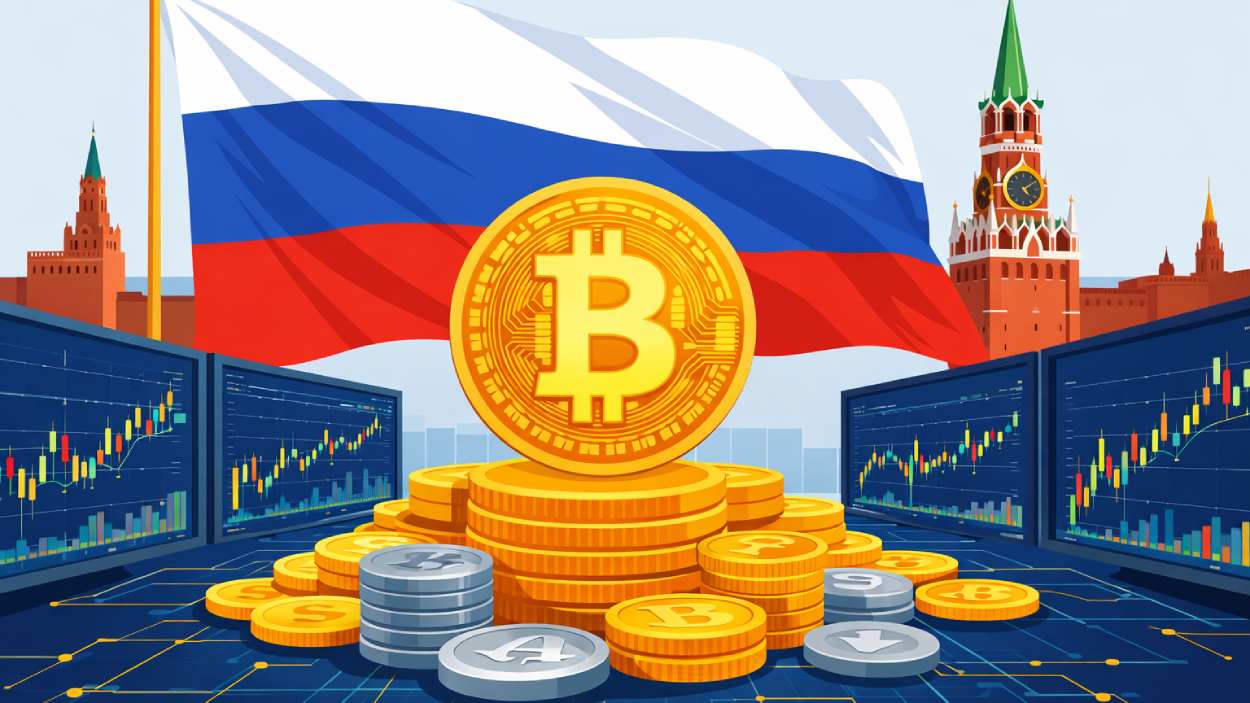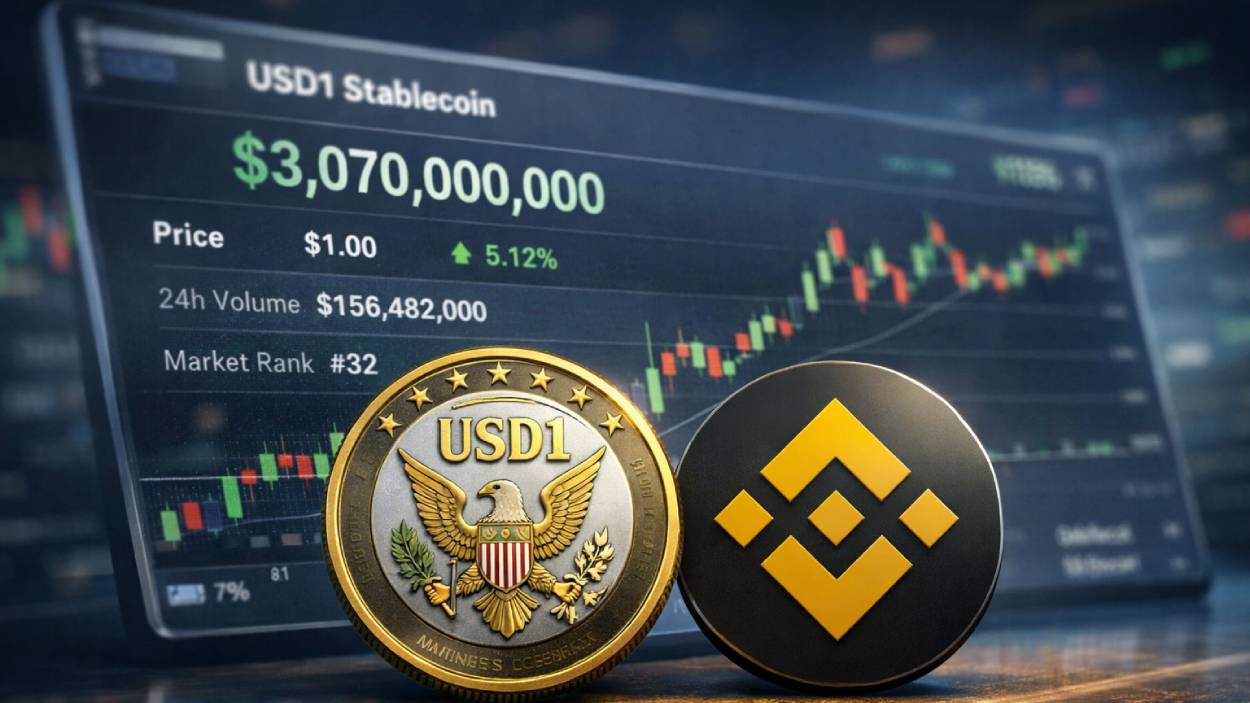The Unified Payments Interface (UPI) has transformed digital payments in India, rising from a groundbreaking innovation to a fundamental part of everyday transactions. Since its inception, UPI has allowed millions to transfer money seamlessly with just a mobile number or QR code, removing the complexity of traditional banking. In 2025, UPI’s momentum continues, with billions of transactions happening monthly, redefining payment systems worldwide and setting new standards in the fintech landscape.
Editor’s Choice: Key UPI Milestones
- UPI processed over 12.1 billion transactions in March 2025, cementing its place as one of the world’s most-used digital payment systems.
- Monthly UPI volume surpassed 13.5 billion in 2025, showing a 35% YoY growth from the previous year.
- 80% of retail payments in India now occur via UPI, accelerating the country’s move toward a cashless economy.
- Sri Lanka joined Nepal in 2025 to adopt India’s UPI system, expanding UPI’s international presence in South Asia.
- UPI Lite+ handled over ₹9,000 crore worth of offline transactions in Q1 2025, enhancing reach in low-connectivity areas.
- UPI crossed 420 million unique users in India by early 2025, reflecting its widespread adoption across all socioeconomic groups.
- UPI’s linkage with RuPay credit cards hit 85 million users, offering more flexibility in digital credit payments across merchants.
Growth and Usage Statistics
- UPI transaction volume surged by 38% in 2025, fueled by widespread adoption across both urban and rural sectors.
- Over 55% of rural India now uses UPI for digital payments, showcasing deepening rural penetration.
- UPI supports 26+ regional languages in 2025, ensuring broader accessibility and inclusion across India’s linguistic landscape.
- Average UPI transaction value rose to ₹2,900 ($35) in 2025, reflecting growing trust in UPI for high-value digital payments.
- Over 5 million merchants across India accept UPI, with the figure growing monthly as more small businesses adopt digital payments.
- UPI is expected to capture 90% of India’s mobile payment market, underscoring its dominance.
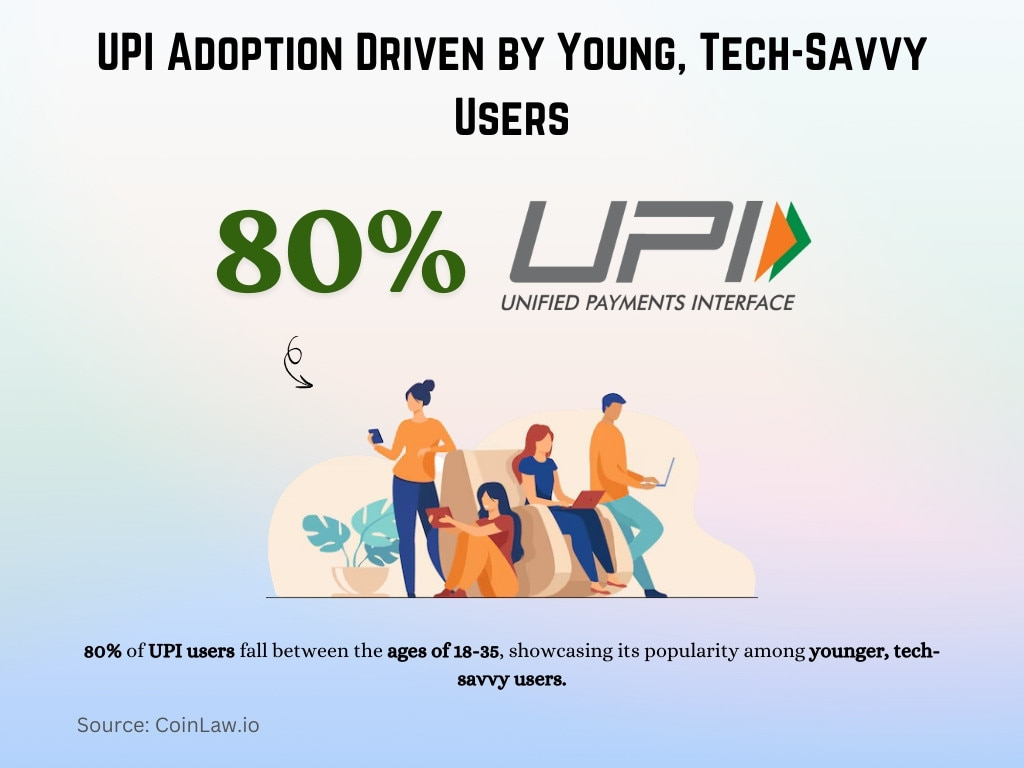
Transaction Volume and Value
- UPI recorded ₹17.6 trillion ($211 billion) in total transaction value in Q1 2025, reflecting a 42% increase YoY.
- Monthly UPI volumes consistently exceeded 12.5 billion in 2025, confirming its dominance in India’s digital payment landscape.
- UPI processed ₹3.2 trillion in peer-to-peer (P2P) transfers in February 2025, highlighting its continued role in everyday personal transactions.
- Peer-to-merchant (P2M) transactions hit ₹6.8 trillion in March 2025, driven by expanding digital retail integration.
- Cash-on-delivery now accounts for just 2.8% of digital retail payments, as UPI remains the preferred method for consumers.
- High-value UPI transactions (above ₹50,000) surged by 24% in 2025, showing increased trust amid inflationary conditions.
- Small and micro enterprises now contribute 68% of UPI merchant transaction volumes, reinforcing their role in India’s digital economy growth.
Leading UPI Banks and Market Share
- State Bank of India (SBI) leads with 27% of UPI volume in 2025, maintaining dominance despite rising competition.
- HDFC Bank holds a 19% UPI market share, supported by its expanding digital user base and mobile banking adoption.
- ICICI Bank commands 16% of UPI transactions, particularly strong in high-value digital payments.
- Paytm Payments Bank crossed 1.4 billion UPI transactions in a single month in early 2025, setting a new industry benchmark.
- Axis Bank reported a 31% YoY increase in UPI volume in 2025, driven largely by P2P transfers and bill payments.
- Jio Payments Bank reached 7% UPI market share by mid-2025, showing continued momentum as a digital-first challenger.
- Federal Bank grew its UPI share to 5.2% in 2025, driven by fintech partnerships and retail merchant expansion.
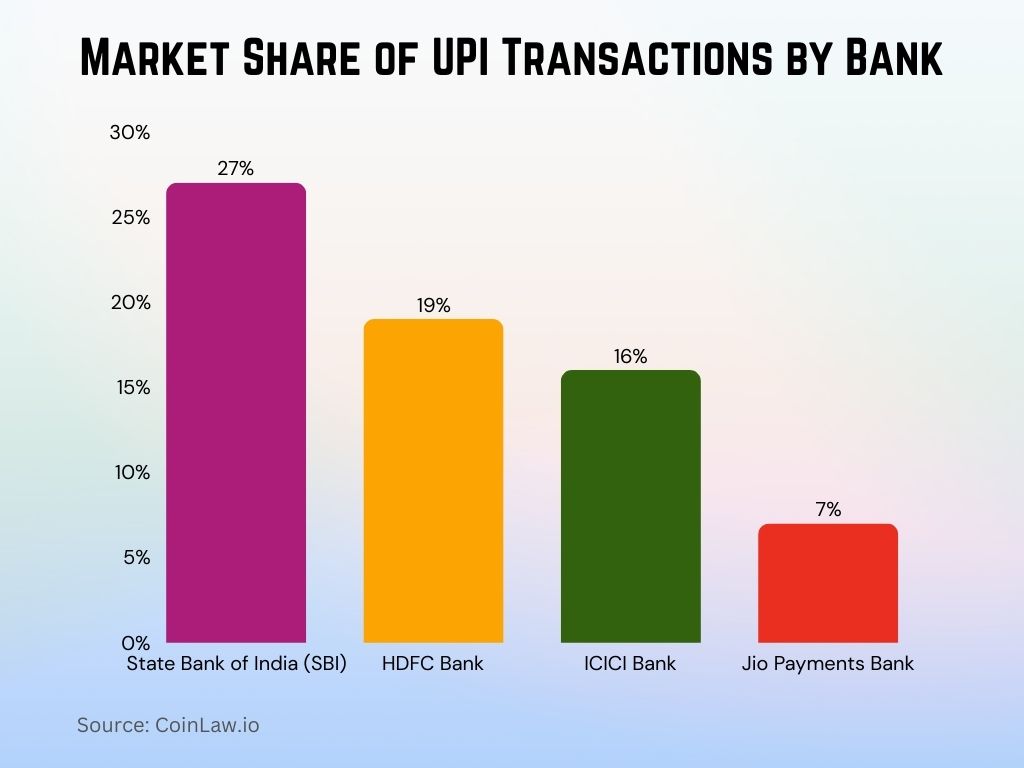
Popular UPI Applications and Their Market Share
- PhonePe leads the UPI market with a 47.8% share in 2025, processing over 6 billion transactions monthly.
- Google Pay holds a 36.5% market share, known for its intuitive UX and reward integration.
- Paytm commands 11% of the UPI app market in 2025, maintaining a strong presence in tier 2 and rural merchant payments.
- BHIM app holds steady at 2.1%, widely used for government service access and subsidy transactions.
- Amazon Pay accounts for 1.3% of UPI volume, showing gradual growth among loyal e-commerce users.
- WhatsApp Pay reached 0.7% market share in 2025, boosted by in-app payment prompts within chats.
- Cred Pay grew UPI transaction volume by 14% in 2025, popular among high-value and credit-savvy consumers.
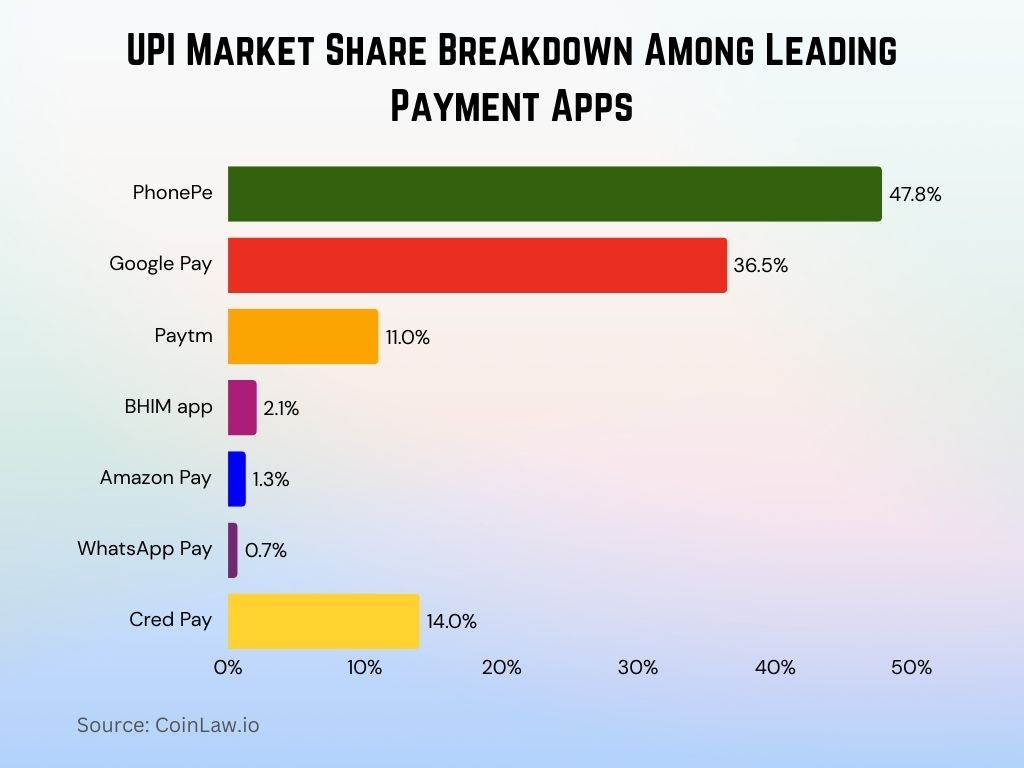
Technological Developments in UPI
- UPI AutoPay usage surged by 78% in 2025, as more users and businesses embraced seamless recurring transactions.
- UPI Lite+ supports offline payments up to ₹500 ($6.00) in 2025, significantly enhancing access in low-connectivity zones.
- NFC-based UPI payments grew 52% YoY, becoming a default tap-to-pay option in major Indian metros.
- Multi-bank linking adoption rose to 34% in 2025, allowing users to manage multiple accounts under one UPI handle.
- Voice-based UPI payments now support 18 Indian languages, enabling inclusive access for elderly and differently-abled users.
- AI-powered fraud detection cut UPI fraud cases by 47% in 2025, reinforcing user confidence and transaction security.
- Geo-fencing for UPI transactions expanded in 2025, with 62% of users opting for location-based usage restrictions for added safety.
Blockchain Integration in UPI
- NPCI expanded blockchain trials in UPI to full-scale pilots in 2025, enhancing transparency and settlement speed.
- Decentralized ledger integration is projected to reduce cross-border UPI costs by 18%, improving remittance efficiency.
- Blockchain-enabled UPI transactions improved processing speeds by 27% in 2025, accelerating real-time settlements.
- High-value UPI transactions now feature blockchain-based audit trails for better compliance and tracking.
- Smart contracts automate 12% of B2B payments via UPI in 2025, enabling time-triggered disbursements.
- Interoperability testing with blockchain-based global systems is underway to support cross-platform payments.
- Blockchain-powered KYC cuts identity verification times by 42%, reducing manual checks and fraud risk.
UPI Market Share Overview
- PhonePe leads the UPI market with a 48.4% share, making it the top UPI payment app in India.
- Google Pay follows closely with a 36.9% share, retaining a strong position in the digital payments space.
- Paytm holds the third spot, accounting for 6.9% of total UPI transactions in the country.
- Navi controls 1.4% of the UPI market, ahead of newer or smaller players.
- CRED has a 0.8% market share, reflecting a niche but notable presence in the UPI ecosystem.
- Super.money is at 0.7%, slightly ahead of Amazon’s offering.
- Amazon Pay ranks lowest among the listed players with a 0.6% UPI market share.
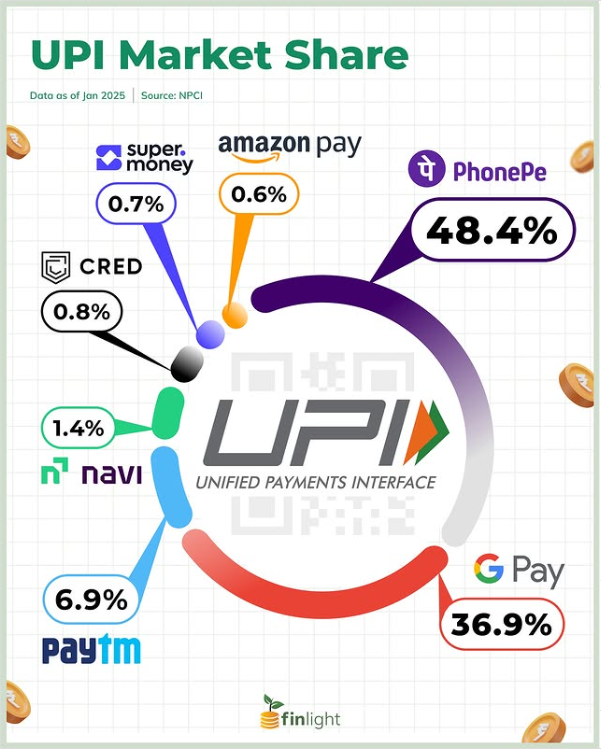
Cyber-safety in UPI Transactions
- Two-factor authentication is now required for all UPI payments above ₹4,000 ($48), strengthening protection for mid to high-value transfers.
- Biometric authentication adoption cut security incidents by 58% in 2025, driven by enhanced smartphone integration.
- NPCI’s fraud detection flagged over 260 million UPI transactions monthly in 2025, enabling early fraud prevention.
- Tokenization of data across UPI apps reduced data theft by 31%, minimizing direct exposure of user credentials.
- In-app privacy tools now let users control access to transaction history, improving user trust and data transparency.
- Real-time alerts via SMS and push notifications are now mandatory, significantly reducing phishing and social engineering attempts.
- Dynamic QR codes are used in 96% of merchant UPI payments, eliminating risks tied to tampered static codes.
UPI and Fintech Innovations
- BNPL via UPI grew by 42% in 2025, driven by demand from Gen Z and millennial users for payment flexibility.
- Integrated investment options on UPI apps attracted over 2.1 million users in Q1 2025, enabling direct mutual fund access.
- Instant UPI credit now offers small loans up to ₹12,500 ($150), boosting rural financial inclusion.
- Auto top-up features in UPI wallets saw a 37% adoption rise, enhancing payment convenience and continuity.
- AI-driven budgeting tools are now used by 22% of UPI users, helping them monitor and control daily expenses.
- Subscription management through UPI rose by 35%, giving users control to manage services from one platform.
- UPI-powered micro-insurance plans now start at ₹40 ($0.48), with coverage rapidly expanding among underserved groups.
UPI Payments Growth in India
- In 2016, UPI transactions started modestly with a value of just INR 0.1 trillion.
- By 2017, the payment value surged to INR 1.1 trillion, marking the beginning of rapid adoption.
- The year 2018 saw a significant jump with INR 8.8 trillion in UPI payments.
- In 2019, usage continued to rise, reaching INR 21.3 trillion in value.
- An estimated INR 32.1 trillion was transacted via UPI in 2020, showing growing trust in the system.
- Forecasts for 2021 projected INR 45.6 trillion in payments, a strong leap year-over-year.
- By 2022, the forecast value climbed to INR 61.8 trillion, indicating strong momentum.
- The projected value for 2023 hit INR 79.5 trillion, showing continued expansion.
- In 2024, UPI payments are expected to reach INR 97.9 trillion, nearing the 100T mark.
- For 2025, UPI is forecast to cross a major milestone with INR 115.4 trillion in payment value.

Credit Lines Through UPI
- Banks now offer UPI-linked credit lines up to ₹30,000 ($360), empowering individuals and small businesses with flexible liquidity.
- 62% of UPI credit users in 2025 are first-time borrowers, reinforcing UPI’s role in financial inclusion.
- Pre-approved UPI loans are processed in under 6 minutes, fueling rapid adoption among digital-first users.
- The average disbursed credit line via UPI reached ₹17,200 ($206) in 2025, targeting freelancers and micro-entrepreneurs.
- UPI-fintech credit integration expanded nationally, improving credit access through personalized pre-linked offers.
- Interest rates for UPI credit lines are 3.2–4.5% lower than credit cards, offering a more affordable borrowing option.
- Over 7.4 million users accessed UPI-based credit by mid-2025, marking a 41% YoY growth in uptake.
UPI Transaction Volume Breakdown
- Total UPI transaction volume in February 2025 was 16,106.19 million. This figure reflects the massive adoption of UPI across both merchant and peer transfers.
- P2M (Person-to-Merchant) transactions accounted for 63% of total UPI volume. This shows strong consumer usage for retail and service payments.
- P2P (Person-to-Person) transactions made up the remaining 37% of the volume. These are commonly used for splitting bills, lending, or casual transfers.
- Within P2M, ₹0–₹500 transactions dominated with an 86% share. This indicates that most merchant transactions are of low ticket size.
- P2M transactions between ₹501–₹2000 accounted for 10%. These represent mid-range purchases like electronics or monthly bills.
- Only 4% of P2M transactions were above ₹2000. This suggests users prefer cards or net banking for high-value merchant payments.
- For P2P, ₹0–₹500 transactions led with a 57% share. It highlights that everyday money transfers are typically small in amount.
- P2P transactions from ₹501–₹2000 made up 22% of the volume. These are likely for moderate personal reimbursements or shared expenses.
- 21% of P2P transactions were above ₹2000, a significant portion. This indicates UPI is being used even for large peer-to-peer fund transfers.
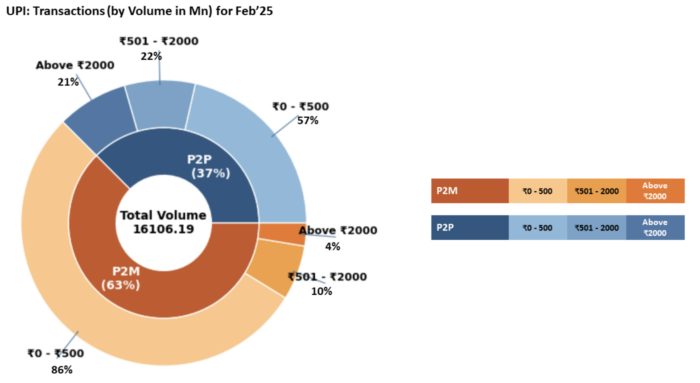
UPI Vouchers and Rewards
- Over 28 million UPI vouchers were redeemed in Q1 2025, showing continued growth in user engagement through incentives.
- Cashback and reward-based UPI transactions drove a 19% rise in monthly active users, especially among first-time users.
- NPCI’s digital voucher network expanded to 1.4 million merchants, boosting acceptance among small and local retailers.
- Festival-season rewards in 2025 raised UPI transaction volumes by 31%, driven by limited-time event promotions.
- Corporate tie-ups with UPI apps introduced exclusive deals for over 3 million employees, promoting usage in workplace ecosystems.
- AI-personalized rewards based on user behavior now influence 24% of UPI offers, making incentives more relevant and effective.
- Offline UPI voucher usage jumped 46% in 2025, underscoring its growing popularity beyond e-commerce.
UPI’s Role in International Expansion
- India operationalized UPI remittances with the UAE, Singapore, and the UK, benefiting millions of NRIs with real-time transfers.
- Nepal, Bhutan, Mauritius, and Sri Lanka now support UPI systems, expanding India’s digital payment influence across South Asia.
- UPI-based remittances grew by 58% in 2025, offering a fast and cost-effective solution for global money transfers.
- NPCI is in active talks with partners in France, Malaysia, and Indonesia, aiming for broader UPI acceptance in Europe and Southeast Asia.
- New UPI-Visa/Mastercard integration enables direct transfers to international cards, rolled out in phases since Q1 2025.
- UPI International expanded in Australia and Canada, allowing payments via QR codes at over 50,000 merchant outlets.
- Over 20 countries are evaluating UPI pilots by the end of 2025, signaling a global shift toward India-backed payment infrastructure.
Global Usage of Google Pay for Online Payments vs Other Activities
- In India, 83% use Google Pay for general usage and 79% for online payments, showing its dominance in both areas.
- In the United States, 37% use it for other purposes, while 32% use it for online payments, indicating balanced but moderate adoption.
- Poland shows higher usage for online payments (39%) compared to other countries at 34%, highlighting a strong e-payment preference.
- In Finland, 32% of users rely on Google Pay for general tasks, while 29% use it for online transactions, showing near-equal behavior.
- In Germany, 31% use it for various tasks, but only 16% for online payments, suggesting lower trust or need for digital transactions.
- Italy sees 30% usage for other tasks but only 18% for online payments, indicating room for e-payment growth.
- In Switzerland, 29% use it for general purposes and 27% for online payments, reflecting steady multi-purpose adoption.
- In France, 29% use it for other activities, yet only 15% rely on it for online payments, suggesting lower digital transaction penetration.
- The United Kingdom reports 28% usage for other tasks and 23% for online payments, showing relatively balanced usage with a digital tilt.
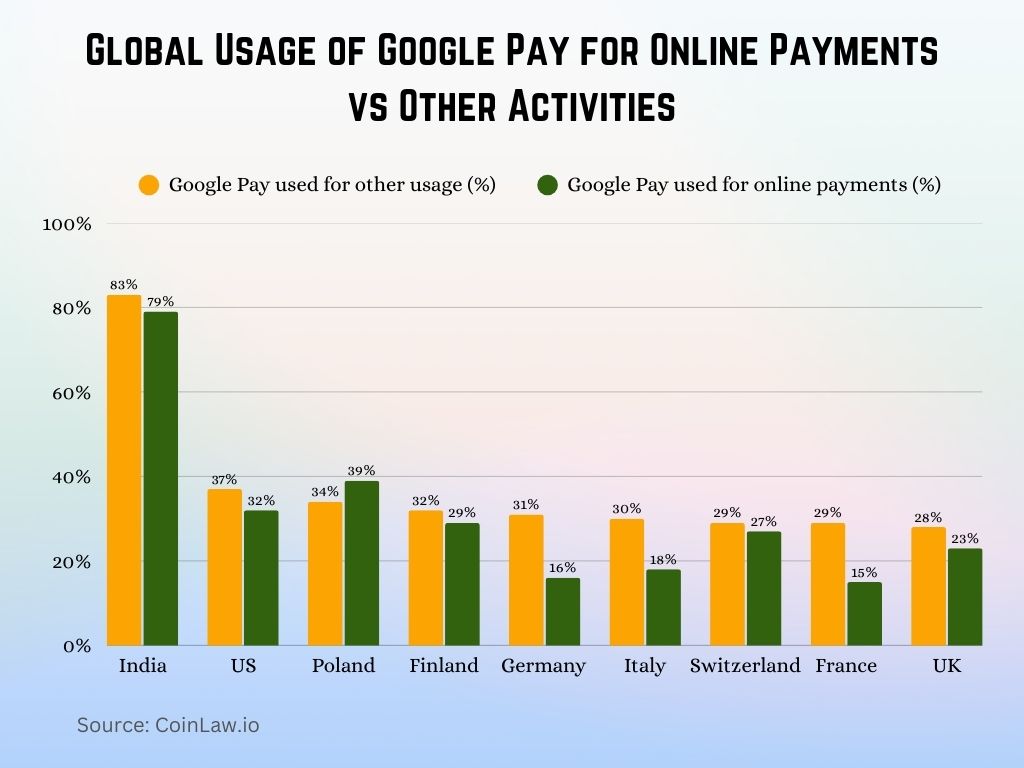
Regulatory Updates and Security Enhancements
- NPCI capped daily UPI transfers at ₹2.5 lakh ($3,000) for non-merchant users, enhancing limits while tightening fraud control.
- Dynamic QR codes are now mandatory for all UPI payments above ₹8,000 ($96), further reducing code tampering risks.
- AI-powered real-time fraud monitoring is enforced across all UPI apps, cutting unauthorized activity by 36%.
- New device access requires OTP plus biometric authentication, adding an extra layer of protection for high-value UPI use.
- NPCI’s collaboration with cybersecurity firms cut dispute resolution time by 40%, improving incident handling and user trust.
- User education is now mandatory at onboarding, resulting in a 28% drop in phishing-linked complaints on UPI apps.
- Data localization for UPI was fully enforced in 2025, ensuring all transaction data remains securely stored within India.
Recent Developments
- NPCI launched UPI 4.0 in early 2025, delivering faster payments, enhanced UI, and upgraded fraud detection with real-time anomaly blocking.
- Premium UPI subscriptions rose by 44% in 2025, as users adopted value-added services like insights, cashback tiers, and exclusive rewards.
- Instant UPI refunds are now completed in under 15 minutes, meeting user expectations for swift resolution of failed payments.
- UPI split-bill feature surpassed 9 million users in 2025, especially popular for shared expenses among students and young professionals.
- UPI Plus now powers real-time analytics for over 300,000 businesses, enhancing offer personalization and transaction-based insights.
- UPI expanded to parking, metro, toll, and EV charging stations, with over 18 million users leveraging transit-related UPI payments.
- NPCI Sandbox processed over 500 fintech trials in 2025, accelerating innovation and rollout of experimental UPI features.
Conclusion
UPI’s trajectory has redefined digital payments, transforming everyday transactions and promoting financial inclusivity on an unprecedented scale. With new features like international payments, enhanced security, and continuous technological upgrades, UPI’s ecosystem is evolving to meet the diverse needs of millions. As it continues to expand globally and integrate with emerging fintech innovations, UPI stands as a benchmark in digital payment systems. The future looks promising for UPI, as it empowers users, businesses, and governments alike with safe, efficient, and universal access to digital payments.
Hover or focus to see the definition of the term.





